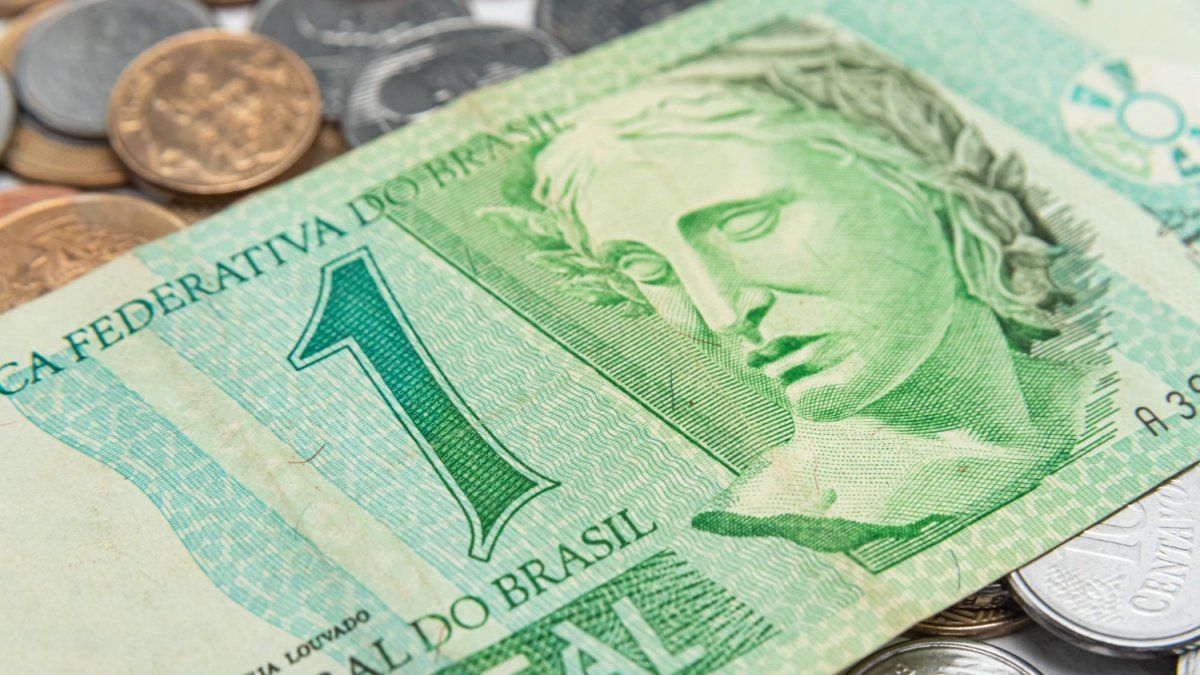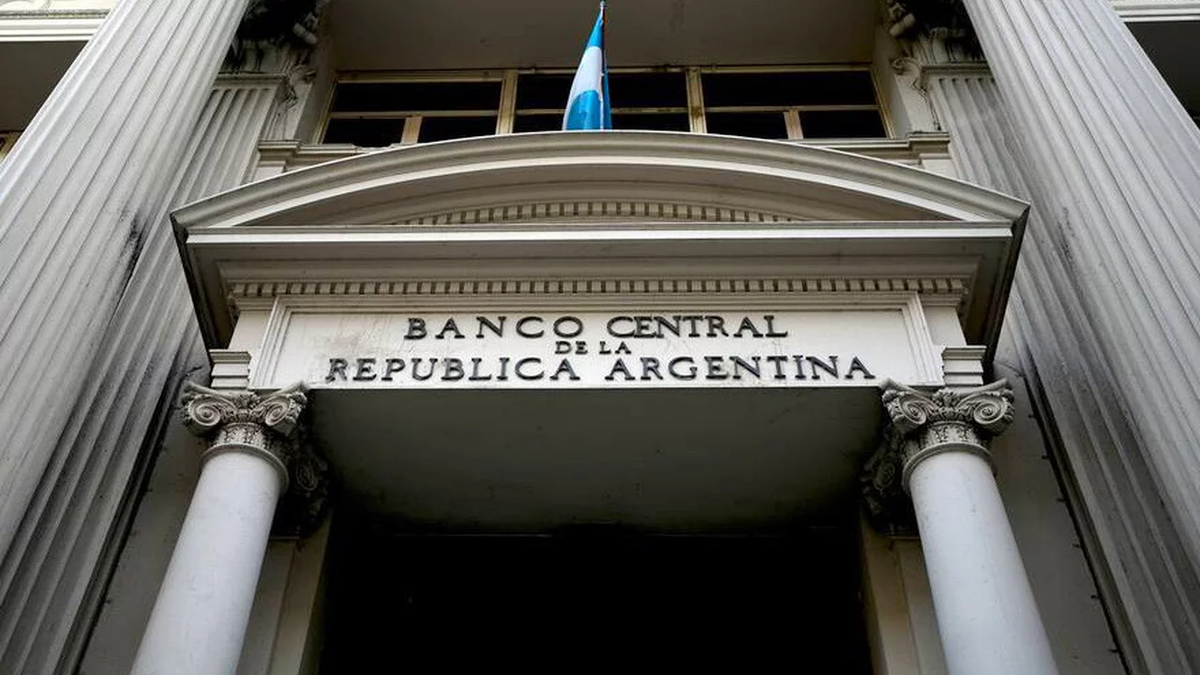By Pablo Ferrari, economist UBA-UNdAv.- The banking crisis that began with the Silicon Valley Bank bankruptcy did not end. Despite the relief that occurred in the world of finance due to the fact that the tensions seemed to stop, the apprehension of the situation cannot be based on a mere short-term “technical analysis”, but must be done, above all, through a “fundamental analysis”.
Rate hikes and insolvency
In the popular imagination, the increase in interest rates systematically benefits banks. This is not always the case, as it is today: the increase in interest rates reduced the market value of various assets of banking entities.
In a recent article, Nouriel Roubini shows that not all that glitters (and is priced) is gold. Regarding the banks, the economist maintained that the “’unrealized’ nature of these losses is merely an artifact of the current regulatory regime, which allows banks to price securities and loans at face value, rather than at face value. its true market value. In fact, judging by the quality of their capital, most US banks are technically close to insolvency, and hundreds of them are already completely insolvent.”
Many banks will disappear, but a few will have more relevance, as has just happened both in the United States and in Europe during the crisis that occurred in March. After its collapse, the Credit Suisse was acquired by UBS. Axel Lehmann, representative of the disgraced bank, stated: “There were only two options: a settlement or bankruptcy. The merger had to take place.”
Besides, various estimates indicate that in the United States there are at least 20% of zombie companies, that is, whose current income is not enough to pay the interest they owe. A not insignificant number of companies and nations could become insolvent, even if interest rates do not continue to increase, because the disincentives derived from the decrease in profitability in the production and marketing of goods and services play a fundamental role.
Debt crisis and stagflation
The title of the text published by Roubini can be translated as “The loop of fatality that is coming”. Regarding the probable outbreak of a debt crisis of nations and financial and non-financial entities, he interprets that we are facing a debt trap: “the increase in rates will only fuel systemic debt crises than the injection of liquidity will not be enough to solve […] Central banks should also not assume that the looming credit crunch will kill inflation by curbing aggregate demand […] The only thing that can moderate price and wage inflation is a major recession that will further aggravate the debt crisis and, in turn, fuel a deeper economic slowdown. Since injecting liquidity cannot prevent this loop of systemic doom, we should all be preparing for the next stagflationary debt crisis,” he says.
It is not only the vision of this economist known as “Doctor Catastrophe”. The World Bank has just warned that the world economy is close to a “lost decade” and will, at the very least, fall to the lowest level in 30 years.
Gita Gopinath, First Deputy Managing Director of the IMF, published the article “Crisis and monetary policy” on the agency’s website in March 2023. There she stated that “sustained economic growth is not possible if price stability is not recovered. Central banks have to lead the fight against inflation, but there are other policies that can help […] policies to mitigate the risks of fragmentation in world trade will reduce the risk”. However, the fragmentation and weakening of the dollar’s hegemony are underway.
The weakening of the hegemony of the dollar concentrates the crisis
Commercial and productive fragmentation began to crystallize from the start of the war with its epicenter in Ukraine a little over a year ago. It has its monetary and financial complement in the process of weakening the hegemony of the dollar.
A few days ago, China and Brazil resolved that their commercial exchange will not continue as before: it will no longer be mediated by dollars, but will be carried out with their respective national money. In addition, the yuan has already surpassed the euro in the foreign exchange reserves of the Central Bank of Brazil, reaching 5.37% of them.
In this regard, US Senator Marcos Rubio analyzed that the recent trade agreement between Brazil and China, which bypasses the dollar and boosts the real and the yuan, represents the creation of a “secondary economy” in the world, which will be “totally independent of the United States”. He understands that the United States will no longer have the possibility to sanction the economies of the countries of the world because the nations will be using other currencies and currencies other than the dollar for many of their payments.
Led by China and Russia, the BRICS is the engine of this transformation. Saudi Arabia and Iran are also making progress in trading away from the dollar and doing so in their own currencies. The French government even recently bought more than 60,000 tons of liquefied natural gas from a Chinese company, paying for it in yuan.
This is relevant because the ongoing process of global fragmentation and weakening of the hegemony of the dollar implies that the scope of action of the crisis is limited and, therefore, its impact is concentrated.
As stated at the beginning, the crisis that began with the Silicon Valley Bank bankruptcy not only did not end: it has just begun.
Source: Ambito
David William is a talented author who has made a name for himself in the world of writing. He is a professional author who writes on a wide range of topics, from general interest to opinion news. David is currently working as a writer at 24 hours worlds where he brings his unique perspective and in-depth research to his articles, making them both informative and engaging.




